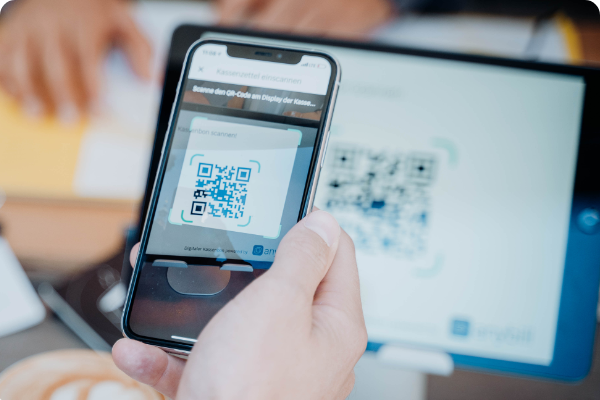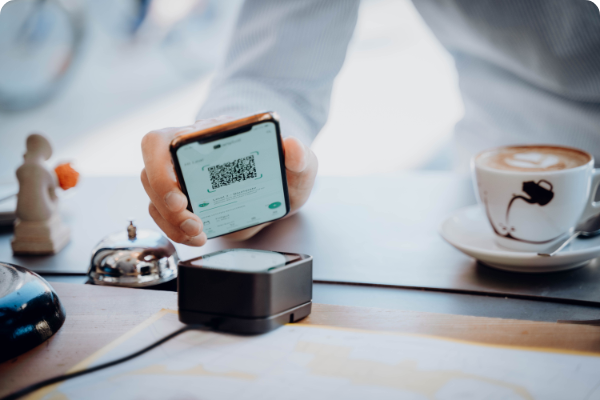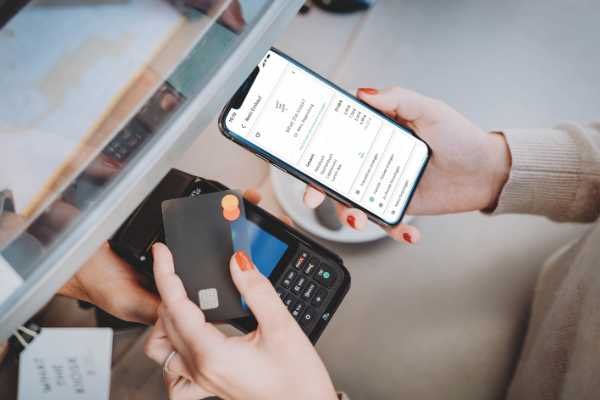# Welcome to anybill for Developers
With anybill, you can issue customer receipts digitally and in accordance to the german receipt issuance obligation
and make them available to your customers in various ways. The digital receipts can be transferred onto your
customers' smartphone directly at the point of sale.
For technical questions, feel free to contact us:
dev@anybill.de
# Getting Started
anybill offers a variety of different features and integrations.
# Security and Data Privacy
anybill has implemented the highest security and data privacy standards for all its services to guarantee secure storage and high availability for all products. To find out more on how anybill achieves this, have a look at our Security and Data Privacy Page.
# anybill Receipt Retrieval Methods
There are three ways of issuing digital receipts and making them available to your customers:
# 1. Display of a QR Code on a customer display

- If a customer display is available, the receipt is shown as a QR code on the display of the cash register or a terminal
- Customer scans the receipt with the standard mobile phone camera and therefore no prior installation of the app is necessary
- QR Code includes url to our receipt retrieval website (opens new window)
- Receipt can be send by email, downloaded as pdf, added to a wallet or added to your existing merchant app
# 2. Scanning of a digital or physical customer card

- Scanning of the QR/bar code displayed in the app or the physical customer card
- Cash register provides customer information with receipt data
- Real time receipt retrieval in your frontend using our SDK Integration
# 3. With an connect payment method

- Customer connects his payment method initialy by scanning the QR code of the customer display / terminal
- Customer uses his connected payment method in the next purchase
- anybill matches payment information provided by PSP / Aquirer and receipt information
- Customer receives receipt automatically by email or in your frontend
